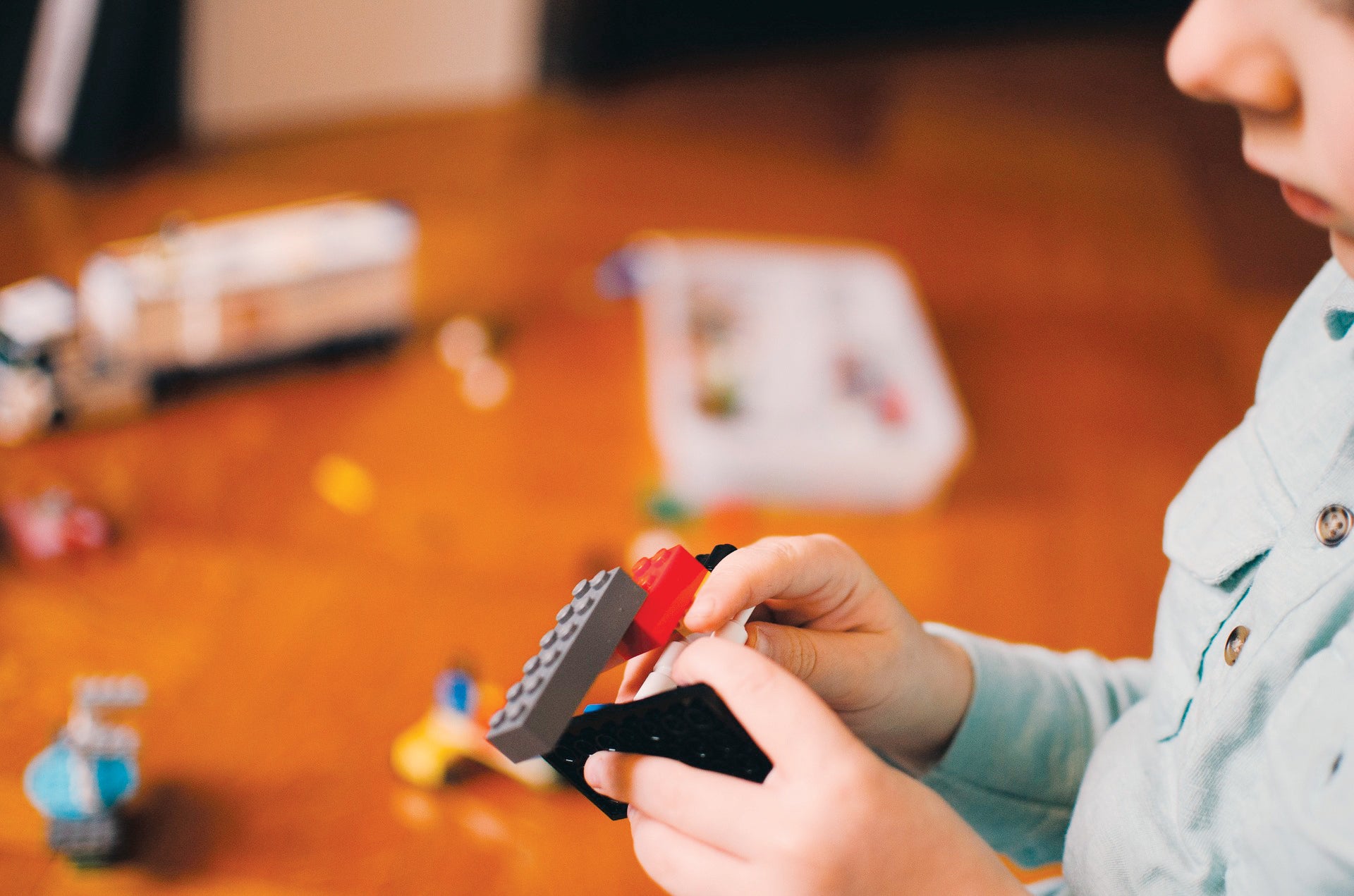Adding by taking away
Published 11:18 am Friday, May 21, 2021
|
Getting your Trinity Audio player ready...
|
BY ERIN SMITH
Sun Columnist
“A great piece of art is composed not just of what is in the final piece, but equally important, what is not. It is the discipline to discard what does not fit … that distinguishes the truly exceptional artist and marks the ideal piece of work, be it a symphony, a novel, a painting, a company or, most important of all, a life.” – Jim Collins
I have been learning to play “Leather and Lace” on my guitar, the beautiful duet by Stevie Nicks and Don Henley. It’s a tricky business full of quick chord changes, switches between strumming and finger rolls, and lyrics sung outside of the notes rather than on top of them.
It’s not going well. After I muddled through a particularly loud and jarring attempt, my teacher, Steve, slid his glasses to the top of his head and pinched the bridge of his nose.
“I know,” I sighed dramatically. “It’s terrible. But I can’t figure out how to fix it.”
Steve crossed his arms and looked at the ceiling, the tell that he was about to drop some serious wisdom. Izzie and I leaned forward.
“Good guitarists don’t try to play a million chords in every measure. To give real context to the notes that you are playing, you choose plenty of notes to skip playing. You can allude to some chords without overtly playing them all. Less really can be more.”
It’s great advice that goes against human nature. Humans love more. We’re busier than we used to be, own more stuff than we used to own, adopt more life rules and habits than any prior generation. We assume the only way to evolve is by adding something else to our already overfilled lives.
We have forgotten the noble art of letting things go.
A research study using Legos illustrates this perfectly. People were handed a wobbly Lego bridge with four blocks on the left and three blocks on the right (the top was connected by a longer piece). They were also given extra pieces, then asked to fix the design to make it more stable.
Easy peasy, right? People overwhelmingly added a block to the right side to stabilize the structure. Almost everyone forgot that it would be just as simple – and possibly more stable since it was closer to the ground – to remove one block from the left side.
Leidy Klotz, author of “Subtract: The Untapped Power of Less,” says this is the human default setting. “We’re doing these mental searches for solutions, and our mind goes to additive solutions before it goes to subtractive ones.” Adding literally happens in a different part of the brain than subtracting does. People who have suffered brain trauma often retain the ability to add or subtract, but not both.
The tendency to add rather than subtract is everywhere. In our governments (tax code, anyone?). In our jobs (how many “this could have been an email” Zoom meetings did you attend last year?) In our homes (look around right now, and I bet you can name five things you own that you don’t really love or need). In our minds (we fill our minds with news, podcasts, books, and social media without ever truly distilling what we’ve consumed, forgetting that limiting information actually sparks our imagination).
Would a more balanced approach to what we leave and what we leave out leave us happier, healthier, and more whole? How do we simplify our chaotic and complex lives? I’m looking at ways to streamline my business (dropping the online yoga to focus solely on in-person connection), my home (time to donate and declutter because less stuff means more space), and, most importantly, my mind (less social media means more time to ponder and imagine). Hopefully, that will add up to less stress (which for me always means more sleep)! It does seem possible to add value by taking things away.
So back I go to “Leather and Lace.” Now, with fewer chords and strums.






